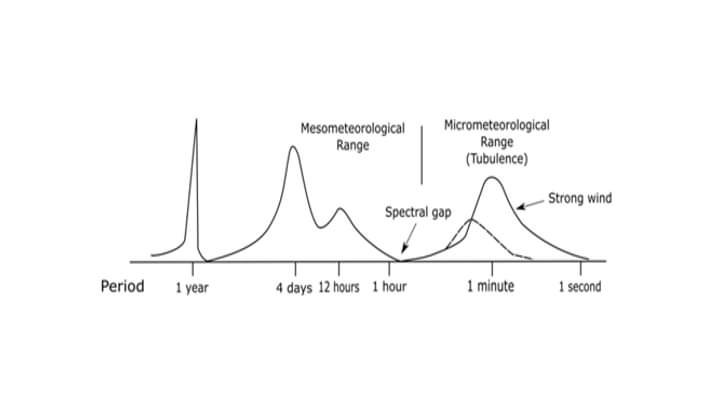The power available in the wind spectra can be described by a power curve, which shows the relationship between the wind speed and the power output of the wind turbine. The power curve is typically obtained by testing the wind turbine under different wind speeds and measuring the power output.
The power available in the wind spectra can be estimated using the following equation:
P = 0.5 x A x rho x v^3 x Cp
where P is the power available in the wind spectra, A is the swept area of the rotor, rho is the air density, v is the wind speed, and Cp is the power coefficient of the wind turbine. The power coefficient represents the efficiency of the wind turbine in converting the kinetic energy of the wind into electrical power.
The power coefficient of a wind turbine depends on several factors, including the blade design, the tip speed ratio, and the pitch angle of the blades. The power coefficient is typically highest at a specific wind speed, known as the rated wind speed, and decreases at higher and lower wind speeds.
In general, the power available in the wind spectra increases with the cube of the wind speed, which means that a small increase in wind speed can result in a significant increase in power output. Therefore, wind turbines are designed to operate at the highest possible wind speeds while avoiding damage from excessive wind loads.






No comments:
Post a Comment